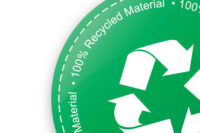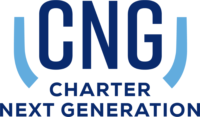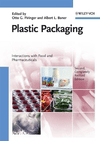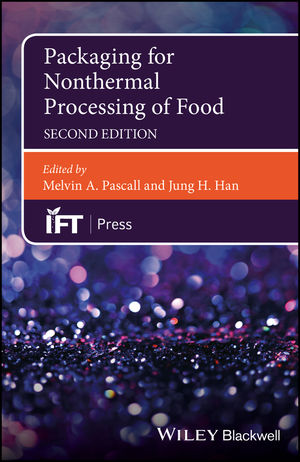Recycling of plastic film still growing
Report highlights opportunities for greater recovery

The recycling of postconsumer film packaging continues to climb with the total amount collected for recycling in 2012 exceeding one billion pounds, an increase of one percent over 2011, according to a national report released today. Recovery data in the report, “2012 National Postconsumer Plastic Bag & Film Recycling Report,” is based on surveys from 21 U.S. and Canadian processors and 39 exporters. A minimum of 1.02 billion pounds of postconsumer film was acquired for recycling in 2012, an increase of 56% since 2005.
The report, which was conducted by Moore Recycling Associates Inc. for the Plastics Division of the American Chemistry Council (ACC, americanchemistry.com), looked at the category of “plastic film” which includes plastic bags, product wraps and commercial shrink film.
“This report shows that even though film recycling had not grown as we had hoped last year, there is a lot of opportunity to make a difference with our programs,” says Shari Jackson, director of the Flexible Film Recycling Group (FFRG). Today there are more than 18,000 store drop-off locations throughout the U.S. to collect plastic bags, wraps and film for recycling. Moreover, existing infrastructures for collecting commercial film can be greatly expanded to capture significantly more of this material from the increasing number of businesses seeking recovery options for shrink film and transport packaging.
Recycled polyethylene film is used to make a range of products, including durable plastic and composite lumber for outdoor decks and fencing, home building products, garden products, crates, pipe, and new film packaging like plastic bags.
Through ACC’s Flexible Film Recycling Group (FFRG), which represents resin producers, film converters, brand owners, and recyclers, the industry is actively working to increase both business and consumer participation in the film recycling process. The FFRG is spearheading a number of new initiatives to expand education and access to film recycling to dramatically increase the recycling of this material over the next five years.
For example, the FFRG is working to implement in the coming months a national multi-stakeholder collaboration known as the Wrap Recycling Action Program (WRAP). It is currently conducting outreach to key stakeholders and developing best practices to launch this initiative later in 2014. A social component of WRAP is already underway to help educate Americans about what can be recycled in the film and wrap category of plastics and to drive them to a zip code locator database on the FFRG’s flagship platform www.plasticfilmrecycling.org.
“What is very encouraging about the report,” Jackson continues, “is the information on the bale audits. We’re seeing that the majority of films collected for recycling are film product wraps and other film packaging. We’ve been working hard to educate people about their ability to recycle plastic film packaging beyond bags so it’s reassuring to see the bales reflect that our messaging is connecting and having an impact.”
The 2012 National Postconsumer Plastic Bag and Film Recycling Report is the eighth annual report on the amount of plastic bags and film recovered in the United States for recycling.
Looking for a reprint of this article?
From high-res PDFs to custom plaques, order your copy today!








